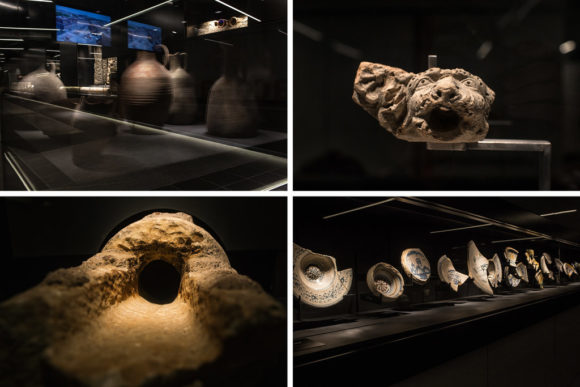“With its subway lines traveling at nearly 100 feet below ground, Line C has given archaeologists access to artifacts dating as far back as the Paleolithic era.”

From the New York Times,
Unearthed in Rome’s New Subway: Extinct Elephants and Persian Peach Pits
By Elisabetta Povoledo
“ROME — The ancient Romans were celebrated for their engineering feats: roads that helped expand an empire; aqueducts that quenched throngs and supplied lavish fountains; monumental bridges, some of which are still in use today.
So it seems apt that a modern engineering achievement — the construction of a new subway line in the city — has given archaeologists a unique opportunity to study this ancient world in extraordinary detail.
“This subway has provided a wealth of knowledge about the city that no other operation could have duplicated,” said Rossella Rea, the archaeologist who has overseen the project since planning for the subway line began in the 1990s.
The new route, Line C, will link the city center to an area to the east of Rome, beyond the city limits, connecting a series of fairly recently developed and heavily populated suburbs. The hope is that the line, whose first 13 stations were opened in 2014, will alleviate some of Rome’s famously chronic traffic chaos.
In living cities, archaeologists typically get to muck around underground during the construction of parking lots, with digs up to 26 feet below ground. With its subway lines traveling at nearly 100 feet below ground, Line C has given archaeologists access to artifacts dating as far back as the Paleolithic era.
“We haven’t done anything so extensive or gone so deeply” for years, Ms. Rea said.
As tens of thousands of cubic meters of earth has been moved during the line’s decade-long construction, each unearthed artifact — marble capitals and mosaics, and even remains of long-ago leftover meals and the ruins of 19th-century villas — has been painstakingly documented, cataloged and extracted. Some will go on show once a proper exhibition space is found. Some more monumental finds will be recomposed to be admired in situ…”
For the rest, click here.
Share


